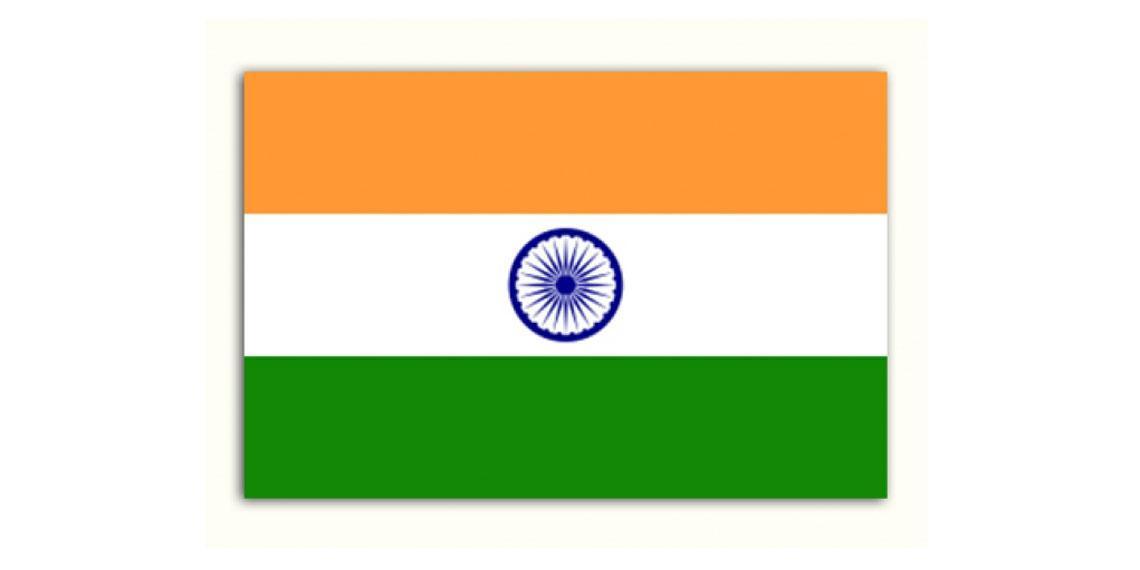The Indian Government is to issue eight experimental licenses in the 470-582MHz band for trials of white space technology. The move has been welcomed by the Dynamic Spectrum Alliance, a global organization advocating for laws and regulations that will lead to more efficient and effective spectrum utilization.
According to the DSA, the decision opens up opportunities for the use of sub-1GHz spectrum in India in either an unlicensed or lightly licensed fashion without the need for spectrum auctions. ""In most parts of India, more than 100MHz of available spectrum in the 470-582MHz band has been lying unutilized, even by analogue TV transmission from the single terrestrial broadcaster Doordarshan,"" DSA said.
India is in ITU Region 3 where the 470-582MHz band allows for fixed, mobile and broadcasting services as competing primary services and allows other non-interfering uses on a secondary basis. Therefore, says DSA, ""the sharing of spectrum in India amongst these complementary services is not only natural, but inevitable.""
The DSA says it ""supports the Indian Government's decision in allowing sharing tests, typified by unlicensed (or lightly licensed) TV white space-type regulations, which are already adopted elsewhere in Region 3.""
DSA executive director, professor H Nwana, said: ""The 470-582MHz band will be key to bridging the digital divide in India, a country with more than 800 million people who are not connected to the Internet, 68 percent of which are living in rural areas."" He added: ""These eight licenses will also bring a great deal of innovation in India from native companies such as Bengaluru-based Saankhya Labs, who develop world-beating software defined radio chipsets covering this band.""
According to the DSA, TV white space technology has been deployed in dozens of projects all over the world, showcasing its ability to inexpensively deliver broadband and other forms of connectivity over large geographical areas.





